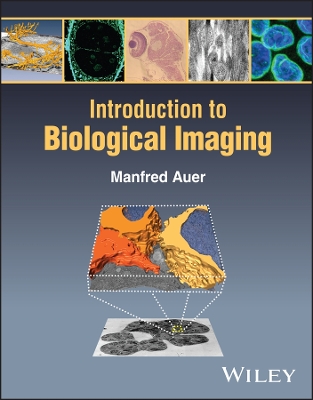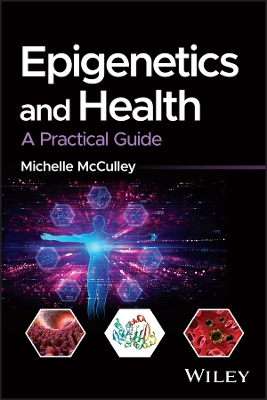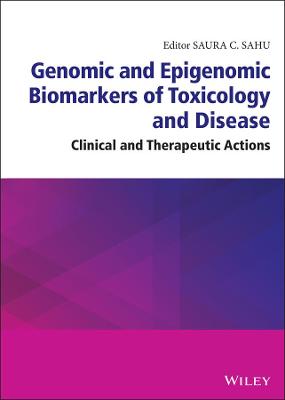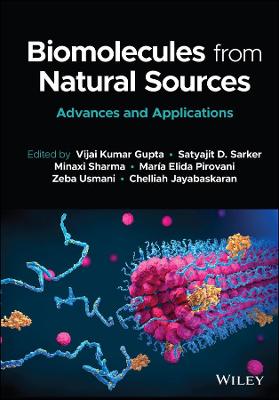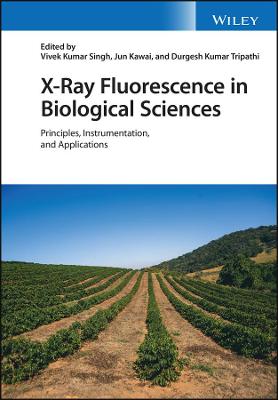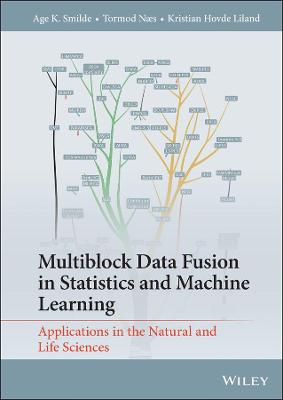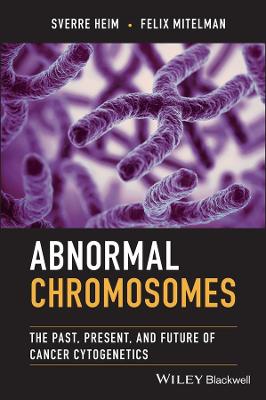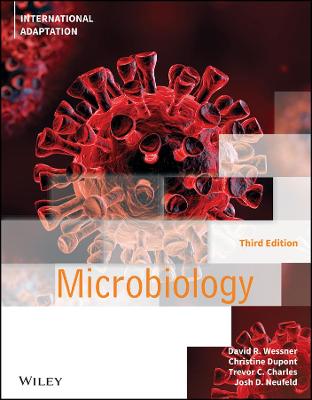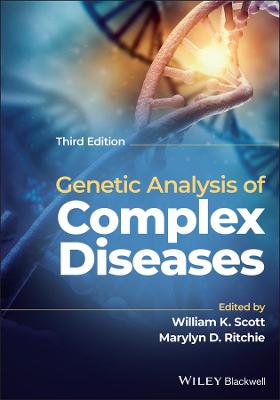Dental Neuroimaging
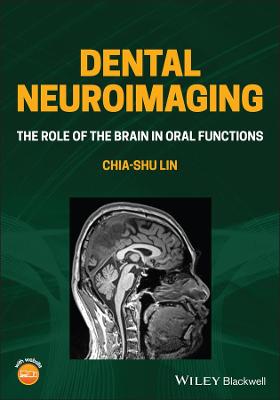 -15%
portes grátis
-15%
portes grátis
Dental Neuroimaging
The Role of the Brain in Oral Functions
Lin, Chia-shu
John Wiley and Sons Ltd
02/2022
320
Mole
Inglês
9781119724209
15 a 20 dias
676
List of Tables xviii
List of Boxes xx
List of Abbreviations xxi
Preface xxiii
Introduction to Students and Instructors xxiv
Acknowledgements xxv
About the Companion Website xxvi
Part I Methods of Neuroimaging and Assessment of Oral Functions 1
1 Introduction to Neuroimaging and the Brain-Stomatognathic Axis 3
1.1 Why Do Dentists Need to Understand the Brain? 3
1.2 What Is Neuroimaging? 6
1.3 How Does Neuroimaging Contribute to Clinical Practice? 15
1.4 The Brain-Stomatognathic Axis 17
Further Readings 21
References 22
2 Assessment of Human Brain Using MRI 25
2.1 Advantages and Limitations of Magnetic Resonance Imaging of the Brain 25
2.2 Research of Task- based Functional Activation 30
2.3 Research of Structural Features of the Brain 39
2.4 Research of Brain Connectivity 45
Further Readings 56
References 56
3 Assessment of Oral Functions 59
3.1 Assessment of Masticatory and Swallowing Performance 59
3.2 Assessment of Orofacial Pain and Somatosensory Experience 68
3.3 Assessment of Cognitive Functions and Emotional Experience 77
Further Readings 81
References 81
Part II Neuroimaging Research of Brain Mechanisms of Oral Functions 89
4 Brain Mechanisms of Oral Motor Functions 91
4.1 Introduction of Brain Mechanisms of Motor Control 91
4.2 Brain Mechanisms of Human Mastication 98
4.3 Brain Mechanisms of Human Swallowing 109
4.4 Cognitive Processing and Motor Learning of Oromotor Movement 116
Further Readings 120
References 121
5 Brain Mechanisms of Oral Sensory Functions 128
5.1 Brain Mechanisms of Oral Somatosensory Processing 128
5.2 Brain Mechanisms of Gustation 136
5.3 Cognitive-Affective Issues of Oral Sensory Functions 141
5.4 Brain Mechanisms of Multisensory Integration 149
Further Readings 154
References 154
6 Brain Mechanisms of Pain and Anxiety of Dental Patients 161
6.1 Brain Mechanisms Related to Pain 161
6.2 Chronic Pain, Neural Plasticity and Central Sensitization 170
6.3 Brain Mechanisms of Chronic Orofacial Pain 178
6.4 Brain Mechanisms of Dental Fear and Anxiety 191
Further Readings 199
References 200
Part III Translational Research of Dental Neuroimaging 213
7 Age- related Differences in the Brain-Stomatognathic Axis 215
7.1 Age- related Differences in Brain Mechanisms 215
7.2 Age- related Changes in Oral Sensorimotor Functions 220
7.3 Association Between the Brain and Oral Functions in Older People 229
7.4 Association Between Oral Conditions and Neurodegenerative Disorders 235
Further Readings 245
References 245
8 Brain Mechanisms of Adaptation of Oral Sensorimotor Functions 254
8.1 Brain Plasticity and Adaptation 254
8.2 Adaptation of Pain and Oral Sensory Functions 260
8.3 Functional Adaptation of Mastication and Swallowing 266
8.4 Brain Plasticity Associated with Oral Functional Training 271
Further Readings 275
References 275
9 A Synthesis Between Neuroimaging and Oral Healthcare 281
9.1 Assessment of Individual Differences in Brain-Stomatognathic Axis 281
9.2 Future Direction of Neuroimaging in Oral Neuroscience 287
Further Readings 290
References 290
Index 292
List of Tables xviii
List of Boxes xx
List of Abbreviations xxi
Preface xxiii
Introduction to Students and Instructors xxiv
Acknowledgements xxv
About the Companion Website xxvi
Part I Methods of Neuroimaging and Assessment of Oral Functions 1
1 Introduction to Neuroimaging and the Brain-Stomatognathic Axis 3
1.1 Why Do Dentists Need to Understand the Brain? 3
1.2 What Is Neuroimaging? 6
1.3 How Does Neuroimaging Contribute to Clinical Practice? 15
1.4 The Brain-Stomatognathic Axis 17
Further Readings 21
References 22
2 Assessment of Human Brain Using MRI 25
2.1 Advantages and Limitations of Magnetic Resonance Imaging of the Brain 25
2.2 Research of Task- based Functional Activation 30
2.3 Research of Structural Features of the Brain 39
2.4 Research of Brain Connectivity 45
Further Readings 56
References 56
3 Assessment of Oral Functions 59
3.1 Assessment of Masticatory and Swallowing Performance 59
3.2 Assessment of Orofacial Pain and Somatosensory Experience 68
3.3 Assessment of Cognitive Functions and Emotional Experience 77
Further Readings 81
References 81
Part II Neuroimaging Research of Brain Mechanisms of Oral Functions 89
4 Brain Mechanisms of Oral Motor Functions 91
4.1 Introduction of Brain Mechanisms of Motor Control 91
4.2 Brain Mechanisms of Human Mastication 98
4.3 Brain Mechanisms of Human Swallowing 109
4.4 Cognitive Processing and Motor Learning of Oromotor Movement 116
Further Readings 120
References 121
5 Brain Mechanisms of Oral Sensory Functions 128
5.1 Brain Mechanisms of Oral Somatosensory Processing 128
5.2 Brain Mechanisms of Gustation 136
5.3 Cognitive-Affective Issues of Oral Sensory Functions 141
5.4 Brain Mechanisms of Multisensory Integration 149
Further Readings 154
References 154
6 Brain Mechanisms of Pain and Anxiety of Dental Patients 161
6.1 Brain Mechanisms Related to Pain 161
6.2 Chronic Pain, Neural Plasticity and Central Sensitization 170
6.3 Brain Mechanisms of Chronic Orofacial Pain 178
6.4 Brain Mechanisms of Dental Fear and Anxiety 191
Further Readings 199
References 200
Part III Translational Research of Dental Neuroimaging 213
7 Age- related Differences in the Brain-Stomatognathic Axis 215
7.1 Age- related Differences in Brain Mechanisms 215
7.2 Age- related Changes in Oral Sensorimotor Functions 220
7.3 Association Between the Brain and Oral Functions in Older People 229
7.4 Association Between Oral Conditions and Neurodegenerative Disorders 235
Further Readings 245
References 245
8 Brain Mechanisms of Adaptation of Oral Sensorimotor Functions 254
8.1 Brain Plasticity and Adaptation 254
8.2 Adaptation of Pain and Oral Sensory Functions 260
8.3 Functional Adaptation of Mastication and Swallowing 266
8.4 Brain Plasticity Associated with Oral Functional Training 271
Further Readings 275
References 275
9 A Synthesis Between Neuroimaging and Oral Healthcare 281
9.1 Assessment of Individual Differences in Brain-Stomatognathic Axis 281
9.2 Future Direction of Neuroimaging in Oral Neuroscience 287
Further Readings 290
References 290
Index 292

